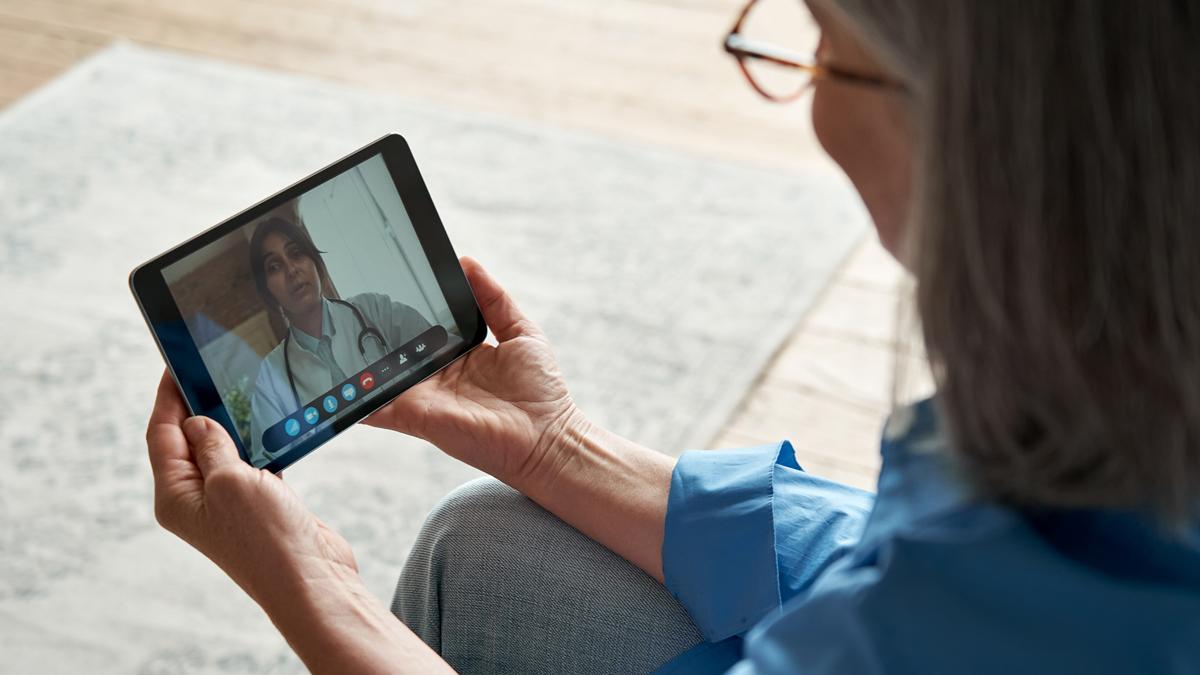Many patients don't have, or are unaware of e-health records, says report

Netherlands-based health technology firm Royal Philips has published its fourth global report exploring the impact of digital health technology, finding many patients do not have, or do not know whether they have electronic health records.
The Future Health Index report finds that, despite the majority of individuals wanting access to their digital health record, insufficient data sharing currently takes place.
Findings from a general population sample show 63% of individuals currently do not have, or don't know if they have access to their digital health record - but want to access such data.
Results showed those who share their health data with their healthcare professional are more likely to rate the quality of care as good, very good or excellent (74%) compared to those who don’t share it (66%).
Around two-fifths of healthcare professionals recommend that patients track health data, such as their blood pressure (44%) or weight (39%). Only 9% said that most or all of their patients share this data with them on an ongoing basis.
The report highlights that the majority of healthcare professionals are adapting to new ways of working, with 76% reporting that they use digital health records within their hospital/practice, with 80% sharing patient information electronically with other healthcare professionals inside their health facility.
The report also looks at how some countries have leapfrogged others when it comes to health technology and how digital health technologies are increasingly becoming part of the everyday healthcare experience for both healthcare professionals and patients.
For example, individuals in China, Saudi Arabia and India more frequently said they take action related to their health as a result of tracking key health indicators via digital health technology or mobile health apps.
Surveys were conducted from March to May this year in 15 countries including Australia, Italy, Poland, the UK and US.
The survey was conducted online and offline with a sample size of 1,000 per market for individuals (general population) and 200 per market for healthcare professionals.
The exceptions were the US and Germany, which each had slightly larger samples of healthcare professionals.












